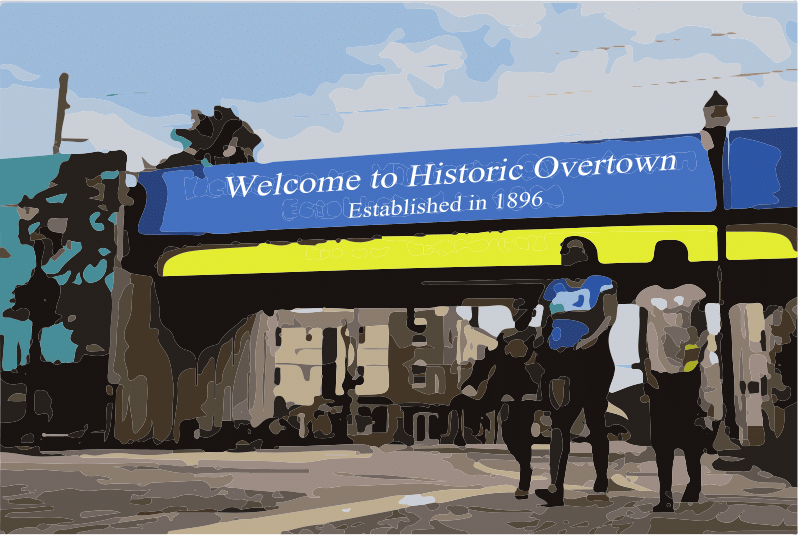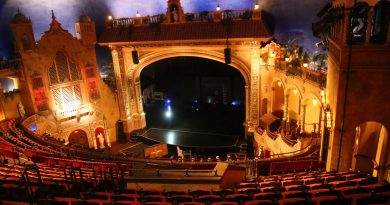Miami Is More Than South Beach And Partying
Last week, I binge-watched the entire season of VH1’s Love and Hip-Hop: Miami. I had watched all the seasons of the other Love and Hip-Hop shows and was excited to see how my city was going to be portrayed on my TV screen. After hours of analysis, tears, disbelief and shock, a startling wave crashed over me.
I did not know my own city.
The Miami being portrayed was far from the one I grew up with. Yes, I saw a few palm trees, beaches and sunny days but I knew that Miami was greater than these stereotypes. We do not party every day, swim in beaches every week and we surely do not go around planting palm trees.
Too often, Miami is portrayed through the lens of communities such as South Beach, Miami Beach and other prosperous communities. It enforces the belief that Miami natives beach off their worries, bronze themselves under the sun and party all night. What about the parts of Miami that are struggling?
Throughout my years living in this city, I have never been inclined or proud to call the beached areas and party areas my own. I have always found that communities such as Liberty City, Little Haiti, Hialeah, Miami Gardens and Little Havana are where you will find real people, real lives and real experiences familiar with the Miami struggle. In these communities, you have individuals who work numerous jobs to pay the ever-increasing expensive rent and mortgage rates, individuals who deal with gun violence everyday due to gang formations in the inner city, drug addictions used as coping mechanisms for the “glamorous Miami lifestyle,” politicians who always turn a deaf ear to the many problems Miamians face and the traffic that you wouldn’t find anywhere else in the southern United States.
I am not stating that Miami can’t be categorized by its beaches, scenery, color and awesome weather. This is a part of the Miami collective that brings in revenue and jobs for its residents. However, Miami can’t be defined just by those. It is so much bigger than that. We need to begin to understand Miami as a whole. It’s bruised and beautiful as we make it function to the best of its ability.
I hope we move beyond understanding Miami through the surface lens of what is always portrayed on the big screen and the internet. Yes, that portrayal of Miami is entertaining and beautiful, but it is not real. The real Miami is even more beautiful, encompassing different communities, individuals, cultures and factions.
Representing as a Miamian, that is the glamour we would all like to see.




